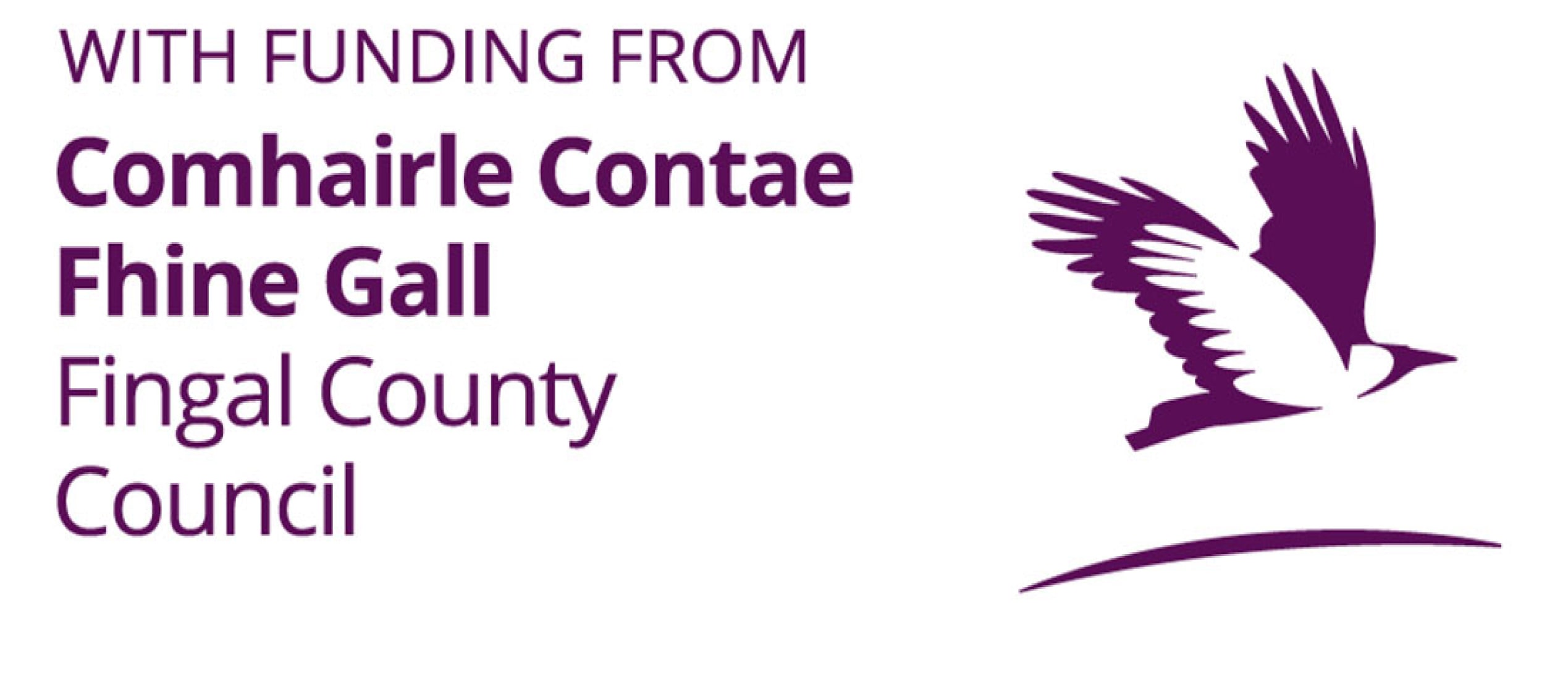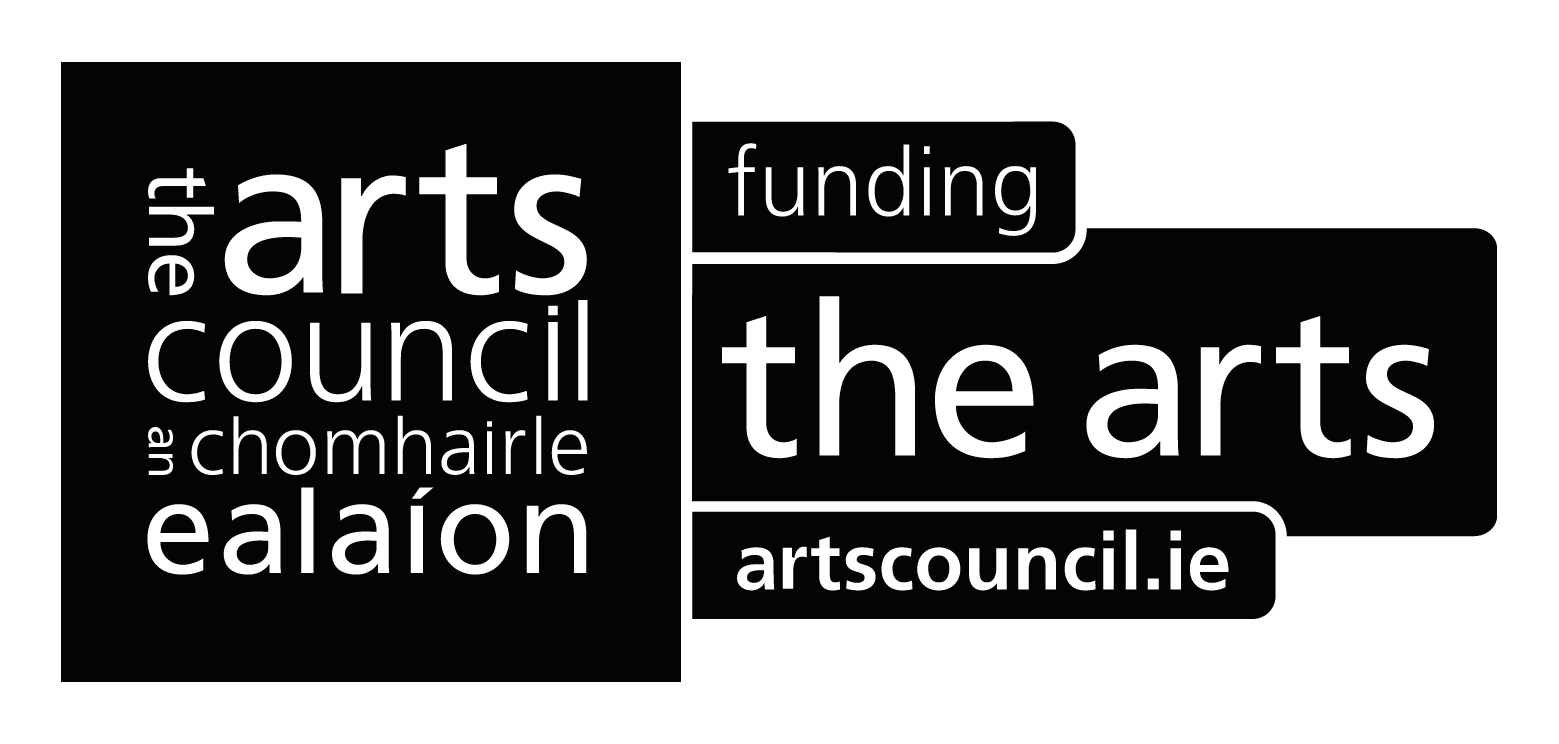A JOHN HEYSHAM-LOVE PROJECT
The title of this exhibition, Headland, denotes the beginning of a dialogue between two strands in Sean Molloy’s practice. Over the past 15 years, he has investigated, deconstructed and reconstituted the baroque painting canon. Initially, this took the form of portraiture, primarily via the powerful and unsettling representation of Philip IV by Velazquez, later leading to exploration of the baroque landscape canon, in particular the works of Berchem, Ruisdael, Cuyp and Wouwerman. From 2014, he focussed on creating capricci, imagined landscapes composited from references in the baroque canon, occasionally including staffage - the human or animal figures depicted in a landscape painting - and overlain with disruptive, superimposed and highly-saturated ‘glitch’ elements.
The landscapes - the Family album series in this exhibition - have insisted on a dream-like quality in the making of them. The artist was drawn less to the highly-rendered ‘realist' detailing of his previous capricci and more towards a dusky, nebulous space populated by fleeing, fighting and frightened people. As the series approached a resolution of sorts, he understood that these were oblique references to a violent and troubled childhood - his own.
The heads in this exhibition began four years ago. Like many people, disoriented and reeling from the effects of the pandemic, the artist sought a new language to grasp and make sense of an increasingly turbulent present, further compounded in the interim by wars and political discord. These external factors are not something he explicitly tackles in his work, or has ever sought to, but he is inevitably impacted by them in every aspect of his life, including his practice.
Unlike the capricci, the heads are made without conscious reference to art history. The process is more fluent and instinctive, to the point where the artist finds them difficult to explain. The closest he can offer is that they are visitations - even the titles come through a felt, invitational process. ‘They are collaborations,’ he says, ‘with what I leave to those viewing them to unearth.’
By placing the ‘lands’ in a dialectical conversation with the ‘heads’, it’s almost as though one has emerged from the other. Are the capricci, realist in the art historical sense, the mise en scène from which the phantasmagoric heads have emerged? Or are the heads the ones dreaming the capricci?
As to the exhibition’s title, for several years the artist has been drawn to the idea of presenting his work through an explicitly different name and identity: John Heysham-Love. ‘I was born in England and the anglicized version of my name is John,’ he explains, 'while I grew up in Heysham, Lancashire. And it feels to me, now more than ever, that what we collectively need on this little planet of ours is love.’
If indeed the heads are the dreamers, they are perhaps the many parts of John Heysham-Love.
The exhibition is dedicated to the memory of the artist’s father-in-law, Dr Gerhardt Gallagher.



